13 Things Your Senior Cat Needs More Than Ever From You Right Now
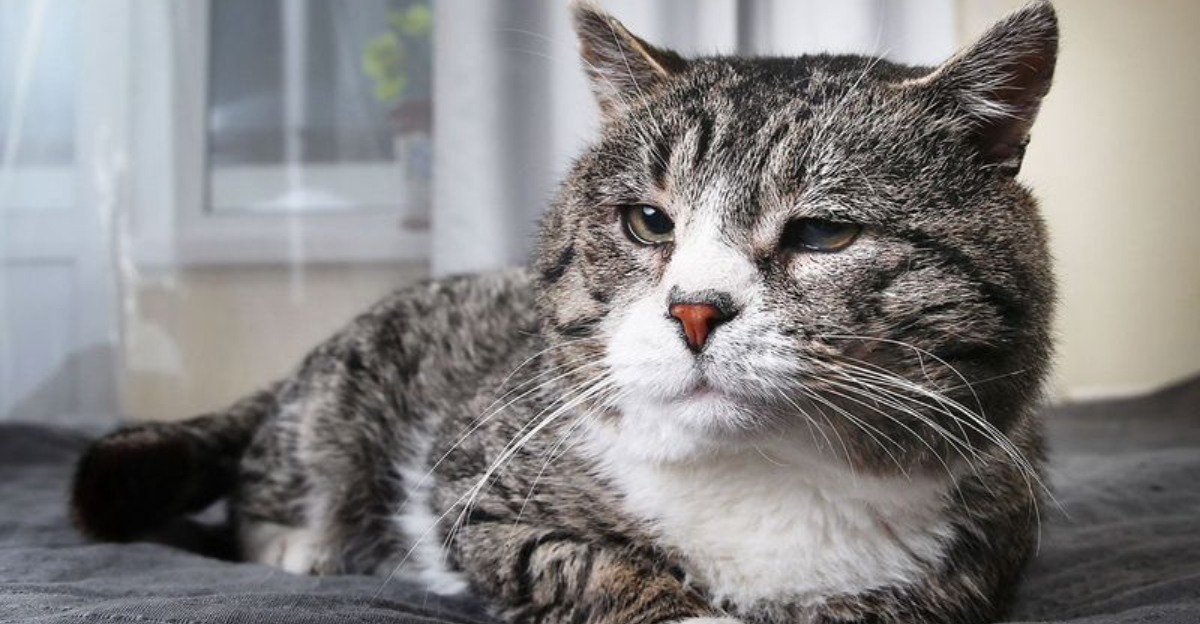
As our feline friends grow older, their needs change significantly. Those playful kittens who once zoomed around the house now prefer cozy naps and gentle affection.
Understanding these changing requirements is crucial for keeping your senior cat healthy, comfortable, and happy during their golden years.
1. Increased Comfort And Warmth

Aging cats lose body heat more easily as their metabolism slows down. Heated beds or thermal blankets can become a senior cat’s favorite spot, especially during colder months.
Place these warming items in quiet corners where your elderly friend already likes to rest. Their aging joints will thank you for the extra coziness that helps ease stiffness and pain.
2. Regular Vet Checkups

Senior cats should visit the vet every six months, not just yearly. Age-related issues like kidney disease, arthritis, or thyroid problems can develop quickly but often show subtle symptoms you might miss.
These frequent checkups allow for bloodwork and thorough examinations that catch problems early. Remember that cats hide illness instinctively, making professional monitoring even more vital as they age.
3. Gentle Play And Interaction

Your senior kitty still needs mental stimulation, just in gentler forms. Replace high-jumping toys with ground-level options that don’t strain aging joints.
Short play sessions of 5-10 minutes several times daily work better than one long session. Wand toys moved slowly along the floor or soft toys they can bat around keep their mind sharp without taxing their body.
4. A Comfortable Resting Area

Memory foam beds provide crucial support for your senior cat’s achy joints and muscles. Look for beds with low sides that don’t require climbing but still offer a sense of security.
Place multiple resting spots throughout your home, especially in sunny areas. Warmth from sunlight naturally soothes arthritis pain, making these sunny napping spots therapeutic as well as comfortable.
5. Diet Adjustments For Older Cats
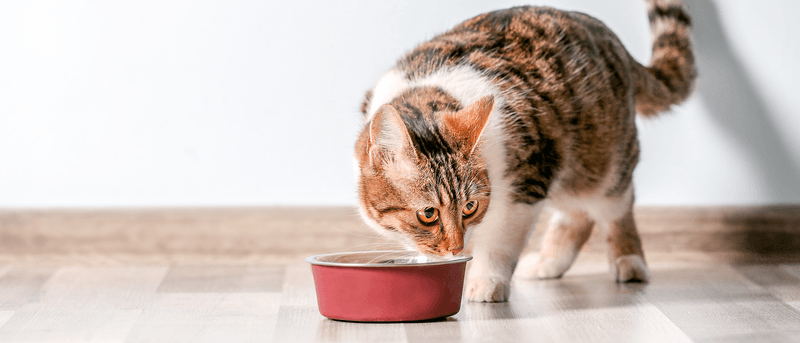
Senior-specific formulas contain modified protein levels and additional supplements like glucosamine for joint health. These specialized diets help manage common age-related conditions while maintaining muscle mass.
Portion control becomes increasingly important as metabolism slows. Feed smaller, more frequent meals rather than free-feeding to prevent weight gain while ensuring steady nutrition throughout the day.
6. Easier Access To Food And Water

Raised feeding stations eliminate the need for your senior cat to bend their neck uncomfortably. This simple change can make mealtime much more enjoyable for cats with arthritis or mobility issues.
Wide, shallow water bowls prevent whisker fatigue and encourage better hydration. Place multiple water stations throughout your home so your aging friend doesn’t have to travel far when thirsty.
7. Improved Litter Box Accessibility
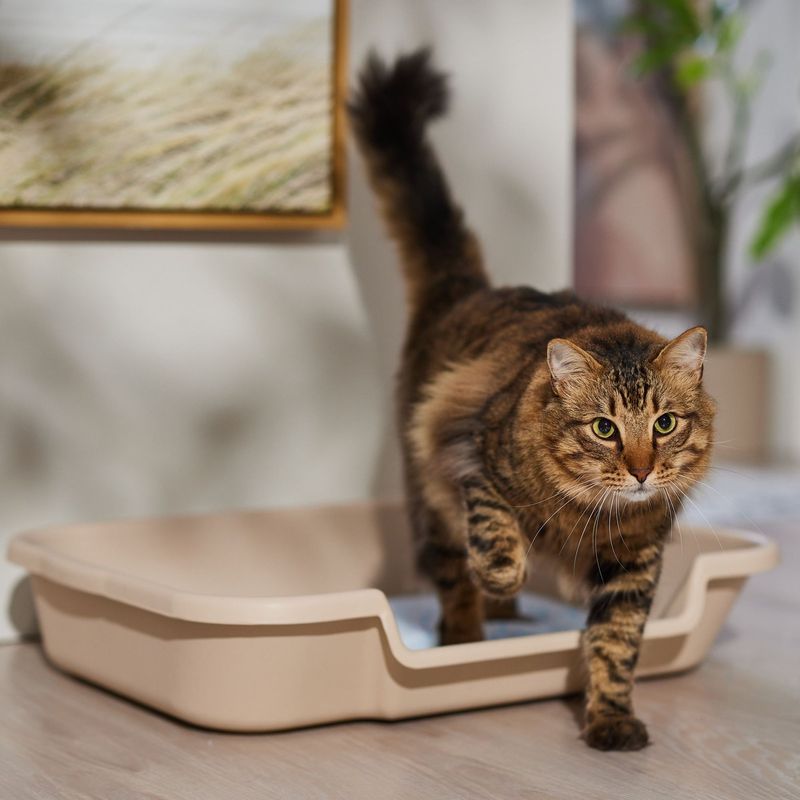
Low-sided litter boxes with entry cutouts make bathroom visits easier for arthritic seniors. The perfect box height allows entry without jumping while still containing litter inside.
Strategic placement matters tremendously now. Avoid basement locations or stairs that create painful journeys. Instead, place boxes on each floor of your home, in quiet corners away from noisy appliances that might startle sensitive older cats.
8. Soft, Easy-To-Eat Foods
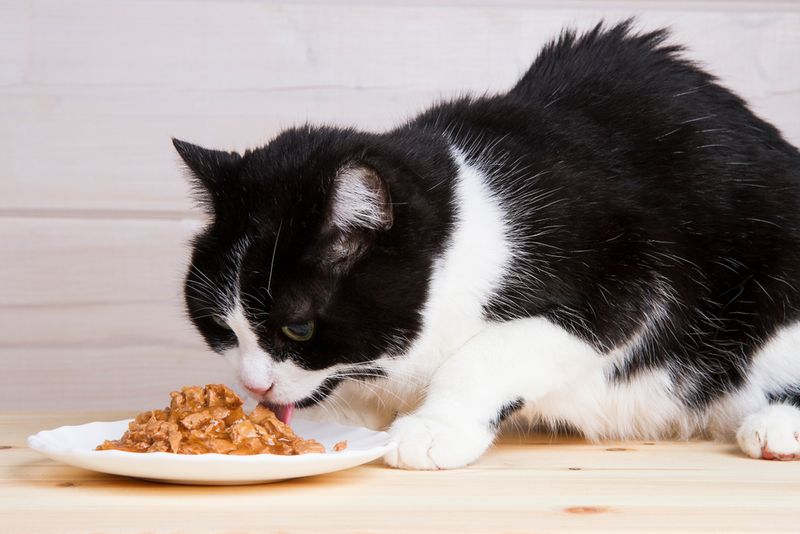
Dental issues often plague senior cats, making crunchy kibble painful to eat. Wet food provides not only easier eating but also crucial hydration that helps aging kidneys function better.
Warming food slightly enhances aroma, stimulating decreased appetites common in older cats. If your senior friend has lost interest in meals, try serving food at body temperature rather than cold from the refrigerator.
9. Regular Grooming And Coat Care
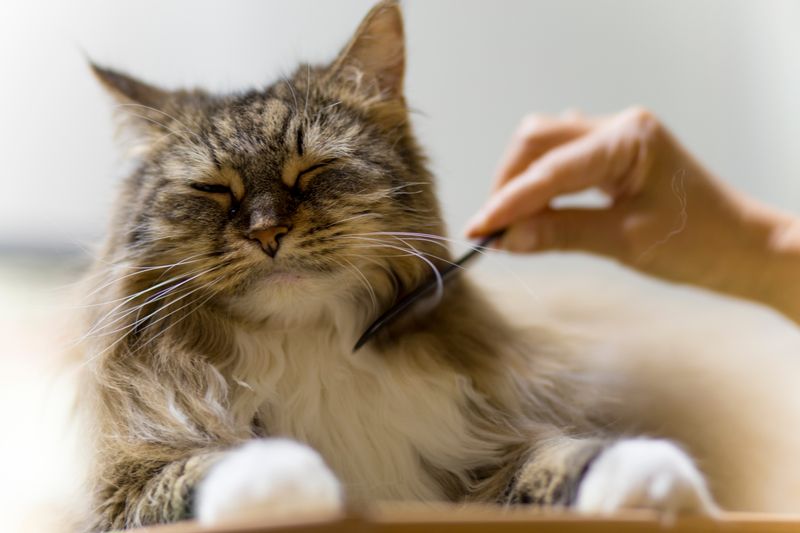
Older cats often struggle with self-grooming as flexibility decreases. Matted fur can form quickly, causing skin problems and discomfort.
Gentle daily brushing with a soft brush helps remove loose hair while stimulating circulation. This bonding ritual also gives you opportunities to check for lumps, bumps, or skin issues that might otherwise go unnoticed under their fur.
10. More Attention And Affection
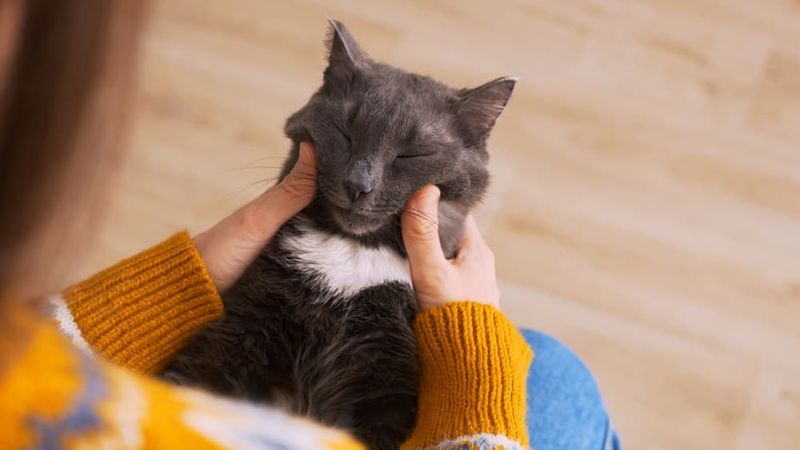
Many senior cats become increasingly social, seeking companionship they might have avoided in younger years. This behavior shift stems from decreased confidence and increased need for security.
Lap time, gentle pets, and quiet conversations reassure your aging companion. Even independent cats often appreciate just being in the same room with you, finding comfort in your presence during this vulnerable life stage.
11. Decreased Stress And Noise Levels
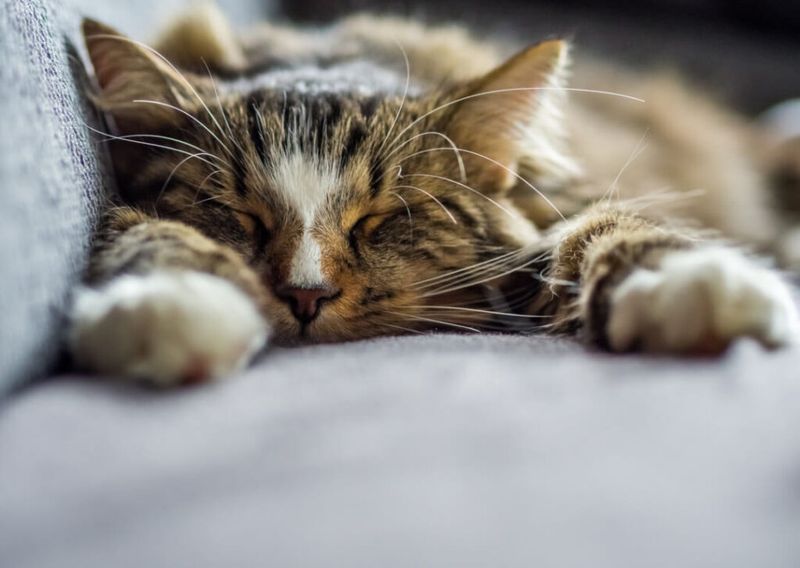
Hearing changes make loud noises particularly startling for senior cats. Creating a peaceful environment means monitoring volume levels on TVs and speakers. Predictable routines provide essential security. Try to maintain consistent meal times, play sessions, and sleep schedules.
Sudden household changes like rearranging furniture can be genuinely distressing for older cats who rely on familiarity to navigate their world safely.
12. Proper Joint Support And Mobility Assistance
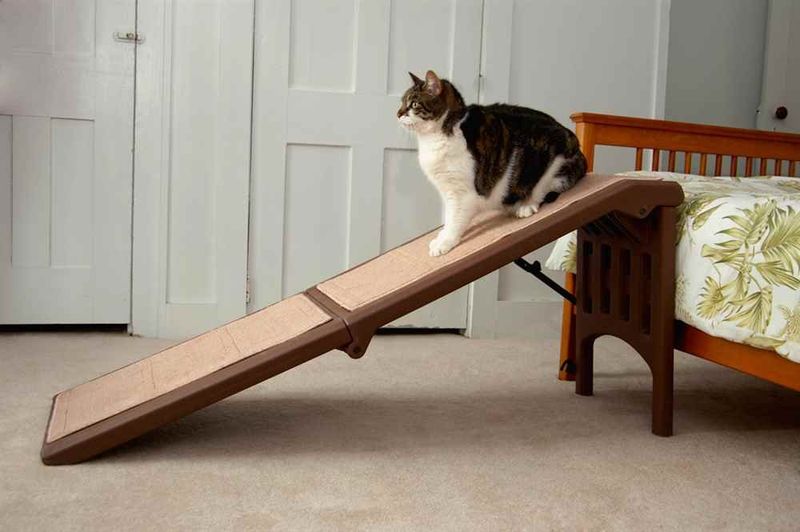
Vet-approved supplements containing glucosamine and chondroitin can significantly improve comfort for arthritic cats. These compounds help rebuild cartilage and reduce inflammation in painful joints.
Steps or ramps to favorite perches prevent jumping injuries. Watch for signs of discomfort when your cat moves—hesitation before jumping or difficulty with stairs indicates places where mobility aids would help most.
13. Keeping Their Environment Safe And Accessible

Nightlights help aging cats with declining vision navigate safely after dark. Place them along hallways and near litter boxes to prevent disorientation. Textured rugs provide secure footing on slippery floors where senior cats might otherwise slide.
Create clear pathways through your home, removing clutter that could become obstacles for a cat who can’t jump or maneuver as nimbly as they once did.






